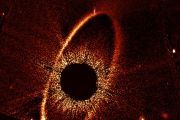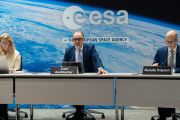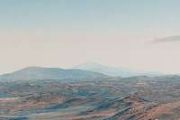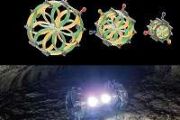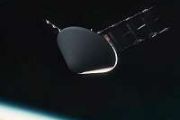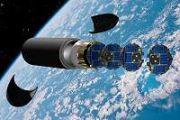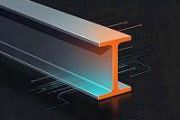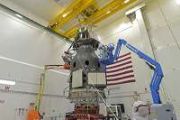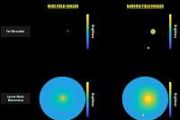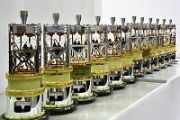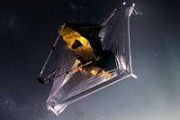
Copernical Team
Introducing ESA Vigil: Earth's devoted solar defender

Once known as Lagrange, ESA's upcoming space weather mission needed a new name that would reflect its vital role: helping to protect Earth's infrastructure, satellites, inhabitants and space explorers from unpredictable but violent solar events like solar flares and coronal mass ejections.
With 5422 submissions from across Europe and indeed around the world—and after weeks of deliberation, countless spreadsheets, three diverse and expert judges and a lively debate—a new name has been selected for our upcoming space weather mission: ESA Vigil.
Thousands of thoughtful, clever and funny names were submitted in the Agency's #NameTheMission mission contest, which ran from May to September 2021.
Once submissions closed, a team from ESA's Communication department and Space Weather Office reviewed all submissions putting a shortlist of just nine names before a panel of invited, external judges.
Armed with their top three respective choices, the judges then took part in a lively, two-hour video chat in which they made the case for their favourite and deliberated the merits of each.
Final figures show astronaut applicants from all ESA Member States
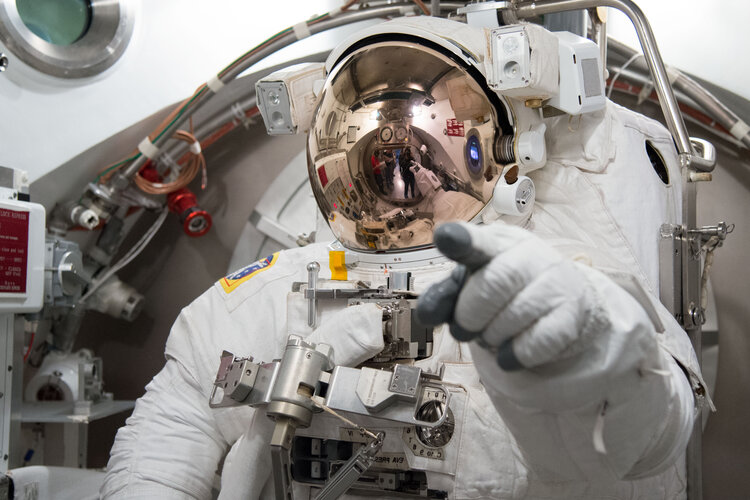
The final figures are in and the number of people who applied to ESA’s 2021-22 astronaut vacancy has been broken down by Member and Cooperating State.
The window to apply for ESA’s astronaut vacancy opened on 31 March 2021 and closed 18 June. It marked the Agency’s first call for new astronauts in over 10 years and the first-time candidates with a physical disability had been invited to apply.
New research sums up sea-level rise
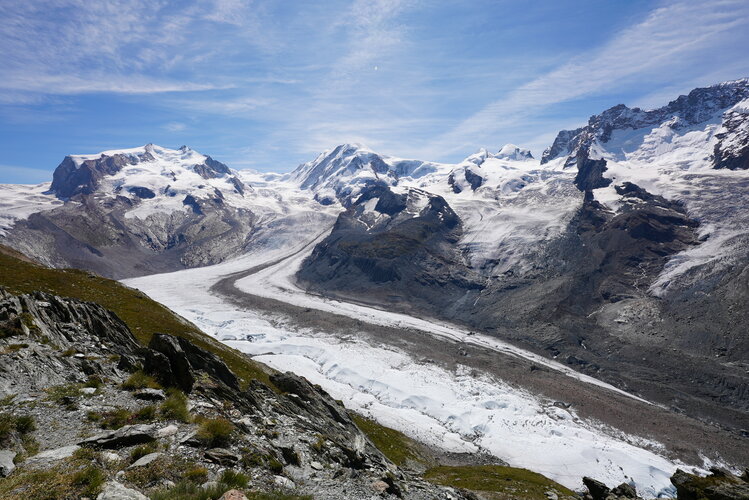
Sea-level rise is arguably one of the most serious consequences of the climate crisis. While using satellite data to monitor how the height of the sea is changing provides critical evidence for decision-making, satellites are also essential to measuring the individual components, such as seawater temperature and glacier melt, that contribute to the overall rise. Confidence in the accuracy of these separate measures is key. ESA-funded research now confirms that the figures match up.
Introducing: ESA Vigil
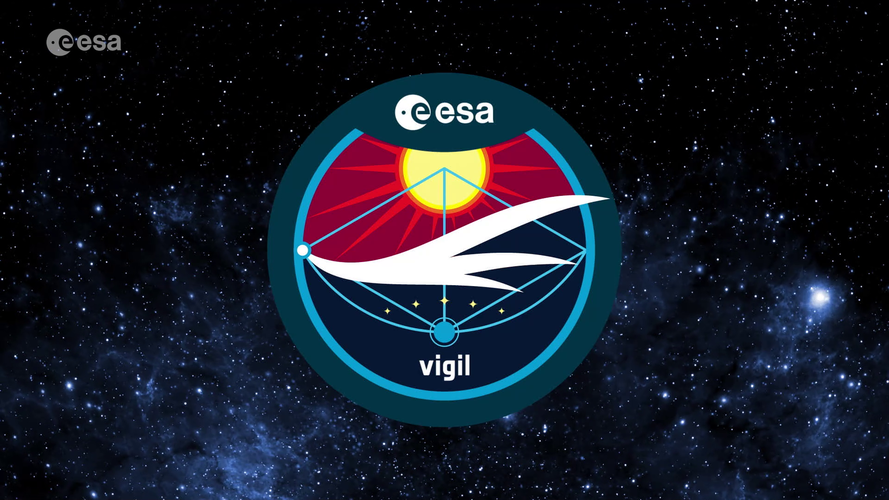 Video:
00:03:07
Video:
00:03:07
It’s the first mission of its kind, set to monitor our active and unpredictable Sun and help protect us from its violent outbursts – and it has a new name.
Once known as “Lagrange,” ESA’s upcoming space weather mission needed a new name that would reflect its vital role: helping to protect Earth’s infrastructure, satellites, inhabitants and space explorers from unpredictable but violent solar events like solar flares and ‘coronal mass ejections’.
During the #NameTheMission campaign, 5422 entries were submitted from across Europe and indeed around the world – and after weeks of deliberation, countless spreadsheets, three diverse and
Introducing ESA Vigil: Earth’s devoted solar defender
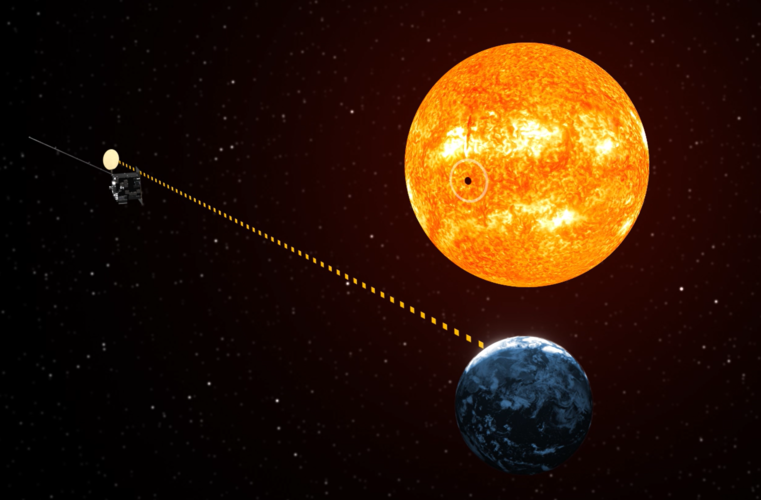
Once known as “Lagrange,” ESA’s upcoming space weather mission needed a new name that would reflect its vital role: helping to protect Earth’s infrastructure, satellites, inhabitants and space explorers from unpredictable but violent solar events like solar flares and ‘coronal mass ejections’.
With 5422 submissions from across Europe and indeed around the world – and after weeks of deliberation, countless spreadsheets, three diverse and expert judges and a lively debate – a new name has been selected for our upcoming space weather mission: ESA Vigil.
The drone has landed
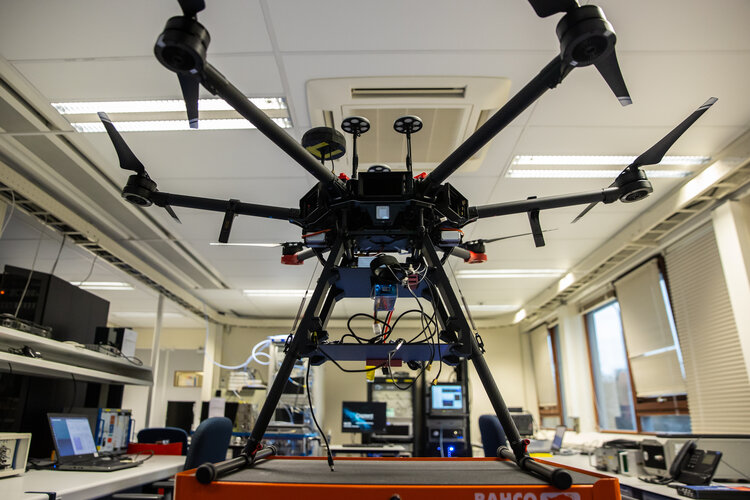 Image:
The drone has landed
Image:
The drone has landed Surprisingly high fraction of dead galaxies found in ancient galactic 'city'
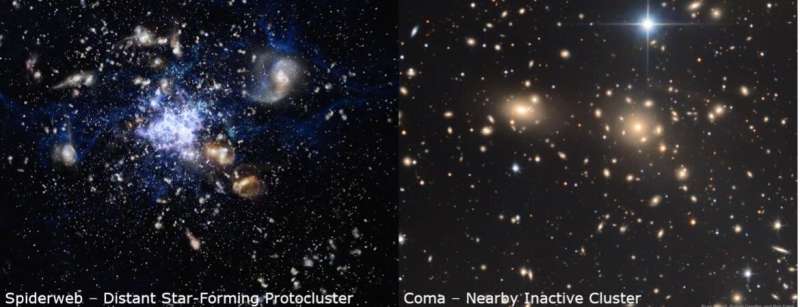
A new programming language for high-performance computers
 High-performance computing is needed for an ever-growing number of tasks - such as image processing or various deep learning applications on neural nets - where one must plow through immense piles of data, and do so reasonably quickly, or else it could take ridiculous amounts of time. It's widely believed that, in carrying out operations of this sort, there are unavoidable trade-offs between spe
High-performance computing is needed for an ever-growing number of tasks - such as image processing or various deep learning applications on neural nets - where one must plow through immense piles of data, and do so reasonably quickly, or else it could take ridiculous amounts of time. It's widely believed that, in carrying out operations of this sort, there are unavoidable trade-offs between spe The abyssal world: the last terra incognita of the Earth surface
 The deep-ocean floor is the least explored ecosystem on the planet, despite covering more than 60% of the Earth surface. Largely unknown life in abyssal sediments, from benthic animals to microbes, helps to recycle and/or sequester the sinking (in)organic matter originating from pelagic communities that are numerically dominated by microscopic plankton.
Benthic ecosystems thus underpin two
The deep-ocean floor is the least explored ecosystem on the planet, despite covering more than 60% of the Earth surface. Largely unknown life in abyssal sediments, from benthic animals to microbes, helps to recycle and/or sequester the sinking (in)organic matter originating from pelagic communities that are numerically dominated by microscopic plankton.
Benthic ecosystems thus underpin two Operational Optical Data Services for Meteosat Satellites
 Following an open invitation to tender, the technology multinational GMV, European industrial leader in Space Situational Awareness (SSA) and Space Surveillance and Tracking (SST), has been awarded a new contract by the European Organisation for the Exploitation of Meteorological Satellites (EUMETSAT), located in Darmstadt (Germany) for the provision of Operational Optical Data Services to suppo
Following an open invitation to tender, the technology multinational GMV, European industrial leader in Space Situational Awareness (SSA) and Space Surveillance and Tracking (SST), has been awarded a new contract by the European Organisation for the Exploitation of Meteorological Satellites (EUMETSAT), located in Darmstadt (Germany) for the provision of Operational Optical Data Services to suppo 

